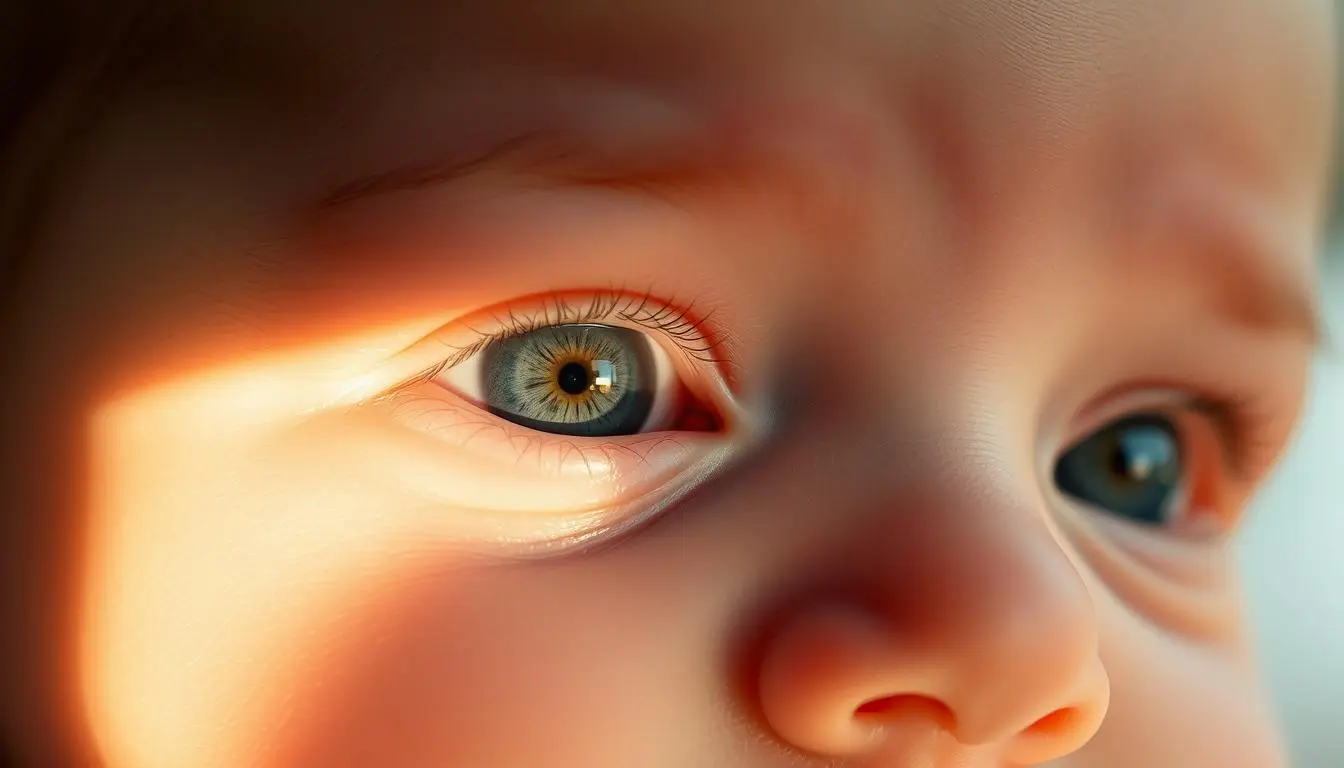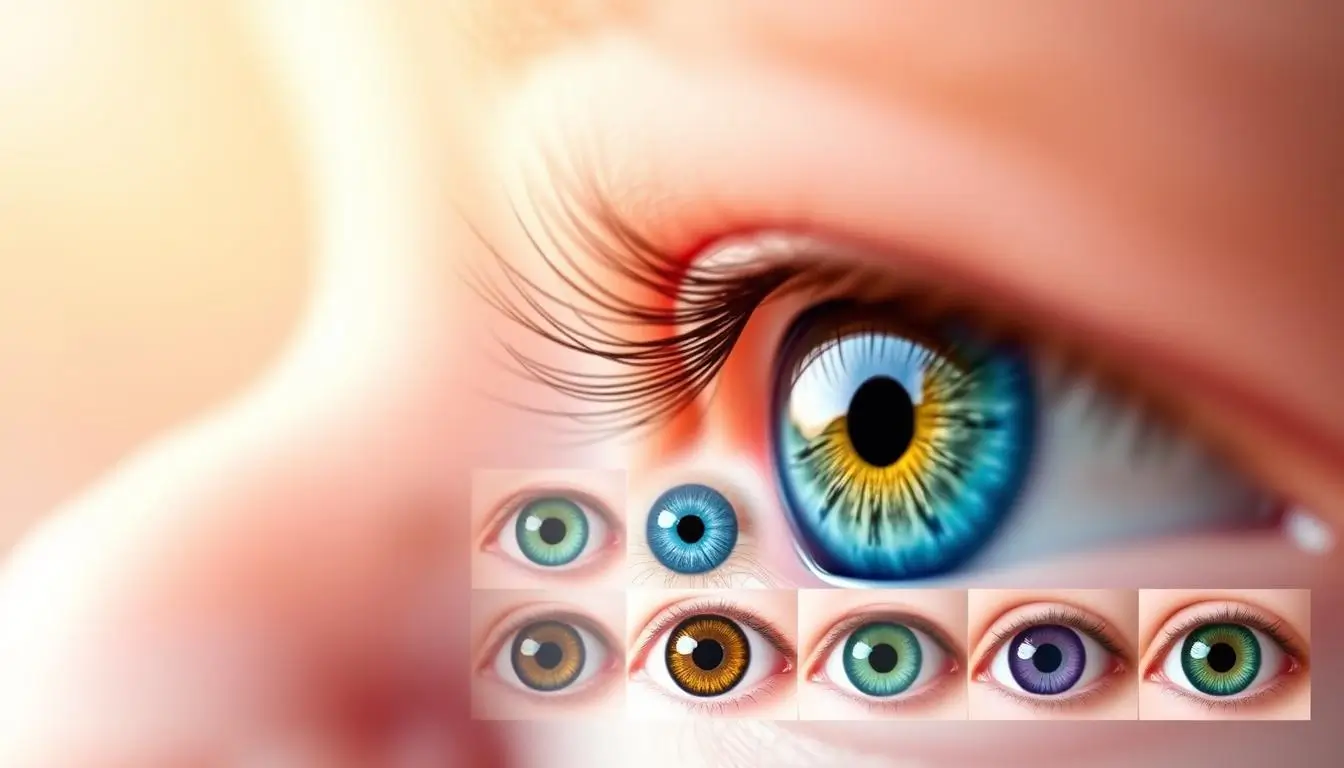What Bones Are Babies Born Without?
The human body is an incredible structure made up of 206 bones—but surprisingly, newborns start life with around 270! As babies grow, many of these bones fuse together, forming the adult skeleton we’re familiar with. But beyond that, there are actually some specific bones that babies don’t have at birth. In this article, we’ll explore which bones are missing, why they aren’t there yet, and how a baby’s skeletal system changes during development.
The human body is complex and fascinating. One of the most interesting parts is the skeletal system of newborn babies. Unlike adults, infants are born with some bones missing or not fully developed.

This unique feature is key for their growth. We’ll look at the differences between adult and infant skeletons. We’ll also explore how bones develop in the womb and after birth.
Key Takeaways
- The skeletal system of newborn babies is different from that of adults.
- Infants are born with certain bones missing or undeveloped.
- Fetal bone development is a complex process.
- Postnatal bone development has several milestones.
- Understanding infant skeletal development provides valuable insights.
The Unique Skeletal System of Newborns
Newborn babies have bones that are mostly cartilage. They haven’t fully turned into bone yet. This is key for their newborn skeletal anatomy. It lets them move easily during birth and grow fast after.
Looking at the differences between adult and infant skeletons helps us understand human growth. Let’s explore more.
Comparing Adult and Infant Skeletons
Newborns have about 300 bones, while adults have 206. This is because many of a baby’s bones are cartilage. They start to turn into bone during prenatal bone development.

The Purpose of an Incomplete Skeleton at Birth
The baby’s skeleton is made to be flexible and adaptable. This helps with the fast growth and development in the first years. It’s also important for moving and growing during birth.
Total Bone Count: Babies vs. Adults
As kids grow, some bones fuse together. This forms the adult skeleton. It’s a gradual process of bone formation and bone fusion.
| Age Group | Approximate Number of Bones |
|---|---|
| Newborn | 300 |
| Adult | 206 |
The change from more bones to fewer is a natural part of growing up. It shows the complex journey of prenatal bone development and growth after birth.
What Bones Are Babies Born Without?
Babies are born without several bones that adults have. This is because of how our bones develop.
Kneecaps (Patellae)
The kneecap, or patella, is not present at birth. Kneecaps usually develop between 3 to 5 years of age. This is a normal part of growing up and doesn’t usually cause problems.
Certain Skull Bones
The newborn’s skull is not fully formed. Some bones are cartilage or not fully joined. This is important for the baby’s growth and birth.
Fontanelles and Their Purpose
The soft spots on a baby’s head are called fontanelles. These gaps between the skull bones allow for flexibility during birth. They also help the brain grow fast in the first year.
Cranial Sutures
Cranial sutures are fibrous joints in the skull. They let the skull grow and move, closing as the child gets older.

Carpal Bones in the Wrist
The wrist bones, or carpal bones, are not fully formed at birth. They start as cartilage and turn into bone as the child grows.
Other Undeveloped Bones at Birth
Babies are also born without other bones. These bones develop as the child grows. This includes many bones that start as cartilage.
Knowing that babies are born without some bones helps us understand human growth. It’s amazing to see how we develop and change.
The Process of Fetal Bone Development
Fetal bone development is key for a healthy skeleton in newborns. It’s a complex process that turns cartilage into bone through ossification.
Ossification is how the fetus’s cartilage skeleton turns into bone. This starts early in development and goes on into childhood.
Cartilage to Bone: Ossification Explained
Ossification has two main steps: intramembranous ossification and endochondral ossification. Intramembranous forms bones from cells, while endochondral replaces cartilage with bone. The latter is key for long bones.
Timeline of Prenatal Skeletal Development
The skeletal development timeline is strict. By 6-8 weeks, cartilage bone models start. Ossification centers show up between 7-12 weeks, starting bone formation.
Evolutionary Advantages of Incomplete Ossification
Babies being born with some bones not fully formed has benefits. It helps with flexibility during birth and supports fast growth after birth.
Factors Affecting Bone Formation Before Birth
Maternal nutrition and health are vital for fetal bone development. Enough calcium and vitamin D are needed. Smoking and some medicines can harm bone development.
Postnatal Bone Development Milestones
Bone development in infants is amazing. It involves many important milestones. The skeletal system grows and changes a lot in the first few years of life.
When Kneecaps Develop
Kneecaps start to form between 3 to 5 years old. This is part of the bones maturing. Cartilage turns into bony kneecaps over time.
Skull Fusion Timeline
Newborn skulls are not fully joined. This lets them move and grow with the brain. The bones start to join together in the first few years.
Growth Plates and Bone Lengthening
Growth plates help bones get longer. They are at the ends of bones and are made of cartilage. As kids grow, these plates turn into bone, stopping growth when the bone is fully grown.
Complete Skeletal Maturity: When It Happens
By late teens to early twenties, bones are fully grown. This is when the skeleton is fully formed.
Nutritional Needs for Healthy Bone Development
Good nutrition is key for bone health. Calcium and vitamin D are essential for strong bones. Kids and teens need enough of these nutrients for healthy bones.
In conclusion, bone development in infants is complex. Knowing the milestones and what nutrients are needed helps us understand how to support a healthy skeleton.
Conclusion: The Marvel of Human Skeletal Development
The human skeletal system’s development is complex and fascinating. Babies are born without several bones, like kneecaps and skull bones. This is key for their growth and development.
Learning about the bones babies are born without helps us understand human skeletal development. It shows the amazing process of how our bodies grow.
By studying bone development, we see how important good nutrition and care are. This knowledge highlights the incredible complexity and beauty of our bodies.
The journey from fetal to adult bone development is vital. It shapes our adult skeletons. Proper care and nutrition during these times are essential for healthy bones.
FAQ
What bones are babies born without?
Babies are born without kneecaps (patellae), some skull bones, and wrist bones. These bones are either missing or not fully formed at birth.
Why are babies born with undeveloped bones?
The infant skeletal system is made to be flexible and adaptable. This allows for quick growth and development in the first few years. Undeveloped bones also help with flexibility during birth.
At what age do kneecaps typically develop?
Kneecaps (patellae) usually develop between 3 to 5 years of age.
What are fontanelles, and what is their purpose?
Fontanelles are soft spots on a baby’s head. They are where the skull bones haven’t fused yet. These spots allow for flexibility during birth and help the brain grow fast.
When do the skull bones fuse together?
Skull fusion varies among individuals. It usually happens within the first few years of life.
What is the process of bone development called?
Bone development is called ossification. It’s when cartilage turns into bone.
What factors affect bone formation before birth?
Maternal nutrition and health can impact bone formation before birth. This shows why prenatal care is important.
What is the role of growth plates in bone development?
Growth plates at the ends of bones help bones grow longer. This allows for rapid growth in childhood.
When is complete skeletal maturity achieved?
Complete skeletal maturity is usually reached in the late teens to early twenties.
What nutritional elements are critical for healthy bone development?
Good nutrition, including calcium and vitamin D, is key for healthy bone development.








